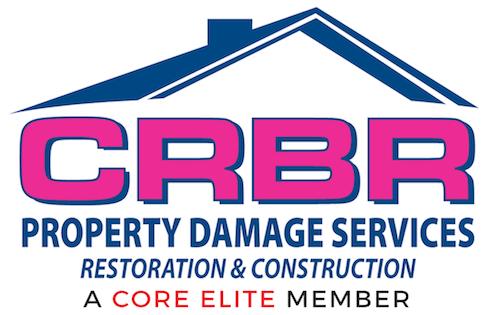Fact: Kitchen sinks leak under cabinets in 30% of homes, and damp wood cabinets can develop mold within 48 hours.
Yuba City’s humid climate can turn a slow drip into a mold hotspot fast—especially under kitchen sinks where cabinets trap moisture. A swift, simple cleanup keeps wood healthy and air fresh. Follow these homeowner-friendly steps to tackle small leaks, dry hidden spaces, and stop mold before it starts—no professional remediation needed.
-
Spot the Drip Early
Listen for the tell-tale drip-drip under your kitchen sink. Smell for damp, musty odors when you open cabinet doors. If you catch either, locate the source quickly—often a cracked hose, loose faucet base, or failing valve.
-
Shut Off Water and Inspect Fittings
Turn off the sink’s under-sink shut-off valves and run the faucet to confirm water’s off. Tighten loose connections with a wrench. If a hose shows cracks, replace it immediately to avoid a longer cleanup and potential plumbing overflow cleanup.
-
Pull Out Everything
Empty the cabinet completely. Any stored items—cleaning supplies, bags—can hold moisture against cabinet walls. Remove cabinet liners, throw out wet cardboard boxes, and set contents aside on a dry towel.
-
Extract Standing Water
Use absorbent towels or a small water extraction & removal shop-vac to pull up any puddles. Work corners thoroughly—wipe along back walls and around the plumbing stub-outs. Quick extraction prevents water from soaking deep into cabinet floors.
-
Dry with Fans and a Hair Dryer
Position a portable fan to blow air into the cabinet interior. For stubborn damp spots, use a hair dryer on a low setting—keep it moving to avoid overheating wood. Within an hour, surfaces should feel dry to the touch.
-
Sanitize the Cabinet Interior
Mix a mild bleach solution (one cup bleach to one gallon of water) or use a kitchen-safe disinfectant spray. Wipe down all surfaces—walls, floor, and the underside of the sink. This step kills any mold spores that settled before you arrived.
-
Apply a Protective Sealant
Once fully dry, paint the cabinet floor and inside walls with a thin coat of mold-resistant primer or clear sealant. This barrier repels future drips—especially helpful if a minor toilet overflow cleanup near your back door splashed into the kitchen.
-
Replace or Raise Stored Items
Put cupboards back together with plastic bins or trays under items to catch future drips. Avoid cardboard. If you store frequently used items under the sink, place them on a raised plastic shelf so any tiny leaks land on the shelf, not directly on wood.
-
Monitor Regularly
Check under-sink cabinets monthly—listen for drips and look for any new staining. A quick glance prevents a small leak from developing into a full mold remediation situation requiring sewage removal & cleanup if it touches a disposal line.
-
Fix Related Ventilation Issues
Moisture from sinks can mingle with steam from cooking. Ensure your kitchen exhaust fan vents properly outside and that filters are clean. Proper airflow keeps humidity low and prevents condensation on cold cabinet surfaces.
With these fast, simple steps—shutting off water, extracting drips, drying, sanitizing, and sealing—you guard cabinets against mold growth in Rio’s humid climate. No major upheaval, no professional mold removal. Just a dry, healthy kitchen you can trust every day.
